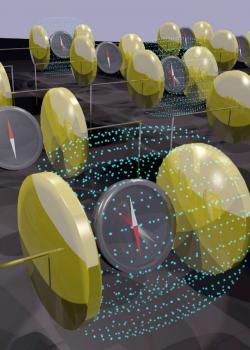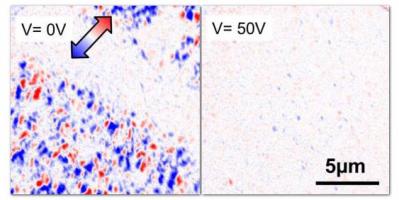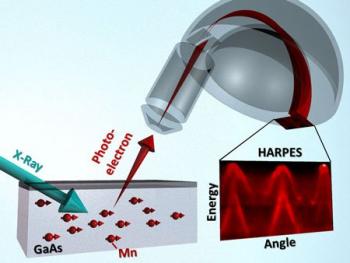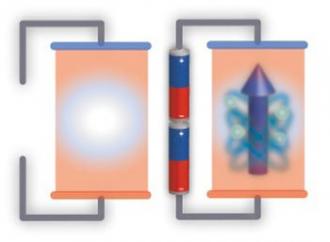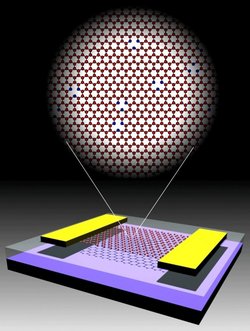Berkeley Lab Reports on Electric Field Switching of Ferromagnetism at Room Temp
Researchers from the U.S. Department of Energy (DOE)’s Lawrence Berkeley National Laboratory (Berkeley Lab) and Cornell University managed to use an electric field to reverse the magnetization direction in a multiferroic spintronic device at room temperature.
The researchers showed that 180-degree magnetization switching in the multiferroic bismuth ferrite can be achieved at room temperature with an external electric field when the kinetics of the switching involves a two-step process. They say that this demonstration, which runs counter to conventional scientific wisdom, points a new way towards spintronics applications.
